Patient Guide: Bone Marrow Biopsy and Aspiration
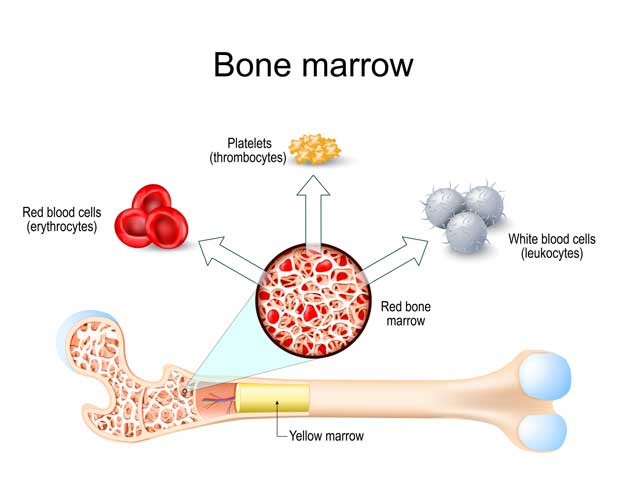
What is bone marrow biopsy and aspiration?
Bone marrow biopsy and bone marrow aspiration are procedures to collect and examine bone marrow — the spongy tissue inside some of your larger bones. Bone marrow biopsy and aspiration can show whether your bone marrow is healthy and making normal amounts of red blood cells, white blood cells and platelets. Bone marrow has a fluid portion and a more solid portion. Bone marrow biopsy takes a small sample of bone and bone marrow using a needle. Bone marrow aspiration takes a small sample of marrow fluid using a needle. Bone marrow biopsy and bone marrow aspiration are often done at the same time.
What are the risks associated with this procedure?
Bone marrow exams are generally safe procedures. Complications are rare but can include:
- Excessive bleeding, particularly in people with low numbers of a certain type of blood cell (platelets)
- Infection, especially in people with weakened immune systems
- Long-lasting discomfort at the biopsy site
How do I prepare for a bone marrow biopsy and aspiration procedure?
Bone marrow exams can be performed in an outpatient clinic or in the hospital.
- Tell your doctor about medications and supplements you take. Certain medications and supplements may increase your risk of bleeding after a bone marrow biopsy and aspiration, such as Aspirin and/or Coumadin, Eliquis, or other blood thinners.
- Tell your doctor about your allergies. Please let your treatment team know if you are allergic to tape or any medications such as
ChloraPrep™ or lidocaine.
How long will the bone marrow biopsy and aspiration take?
The procedure will take from 15 to 30 minutes. The recovery after the procedure may take approximately 15-30 minutes. You will need to have someone drive you home if you have received any pre-medications for the procedure that may make you drowsy.
What will happen during the exam?
The area used for a bone marrow biopsy is the hip bone. You will be asked to lie on your stomach or side. Your body will be draped with a cloth so only the exam site is showing. The area will be cleaned before the drape is placed. The area where the needle will be inserted will be marked and cleaned. Local anesthesia will be administered to numb the biopsy site.
The bone marrow aspiration is usually done first. After making a small incision, the doctor will insert a hollow needle through the bone and into the bone marrow and using a syringe will withdraw a sample of the liquid portion of the bone marrow. You may feel a brief sharp pain or stinging. Several samples may be taken. The health care team checks the sample to make sure it’s adequate. Rarely, fluid can’t be withdrawn and the needle is moved for another attempt. It is very important you remain very still while the samples are taken.
Your doctor will then insert a special tool with a larger needle into the bone to withdraw a sample of solid bone marrow tissue through the same incision site for the biopsy. It is normal to feel pressure at the site and hear a crunching sound as the tool twists into the bone.
When the samples have been obtained a pressure dressing will be applied on the biopsy site.
What can I expect after the bone marrow biopsy and aspiration procedure is over?
- You may feel some tenderness or discomfort after the numbing medicine wears off. The biopsy site may be stiff and sore for several days after the biopsy and you may have a bruise on the site. Ask your doctor about taking a pain reliever, such as acetaminophen (Tylenol®, others).
- Keep the bandage clean and dry for 24 hours. Don’t shower, bathe, swim or use a hot tub. After 24 hours you can get the aspiration and biopsy area wet.
What do I need to report to my nurse or doctor after the procedure is done?
- Bleeding that soaks through the bandage or doesn’t stop with direct pressure
- A persistent fever
- Worsening pain or discomfort
- Swelling at the procedure site
- Increasing redness or drainage at the procedure site
- Numbness or weakness in the area of the procedure or down your leg

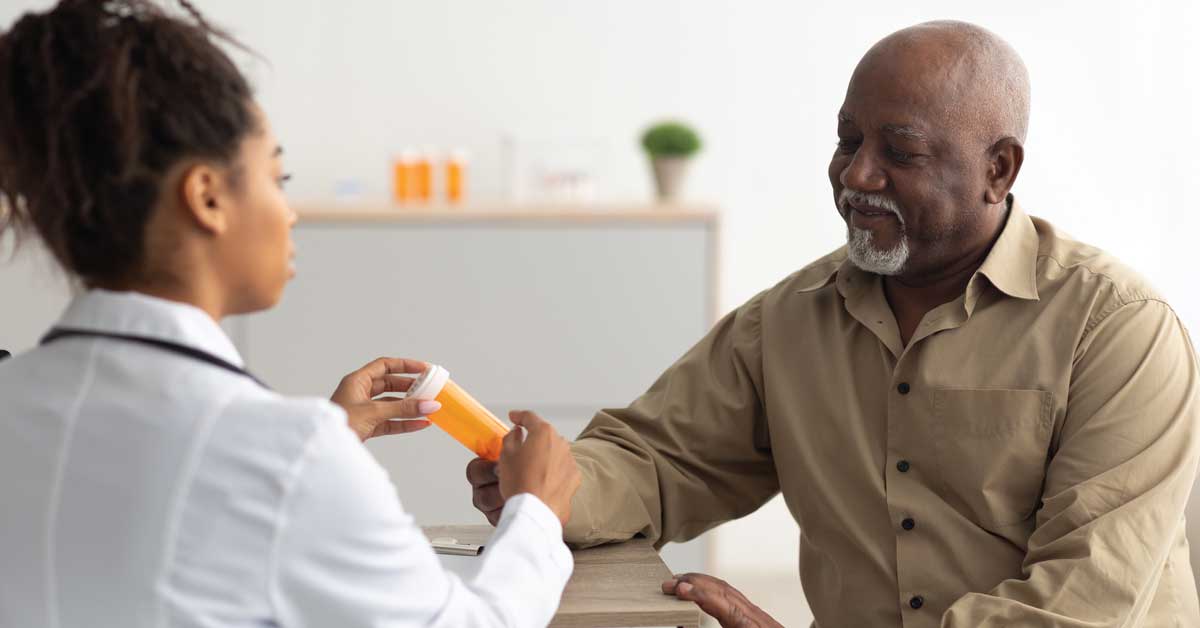
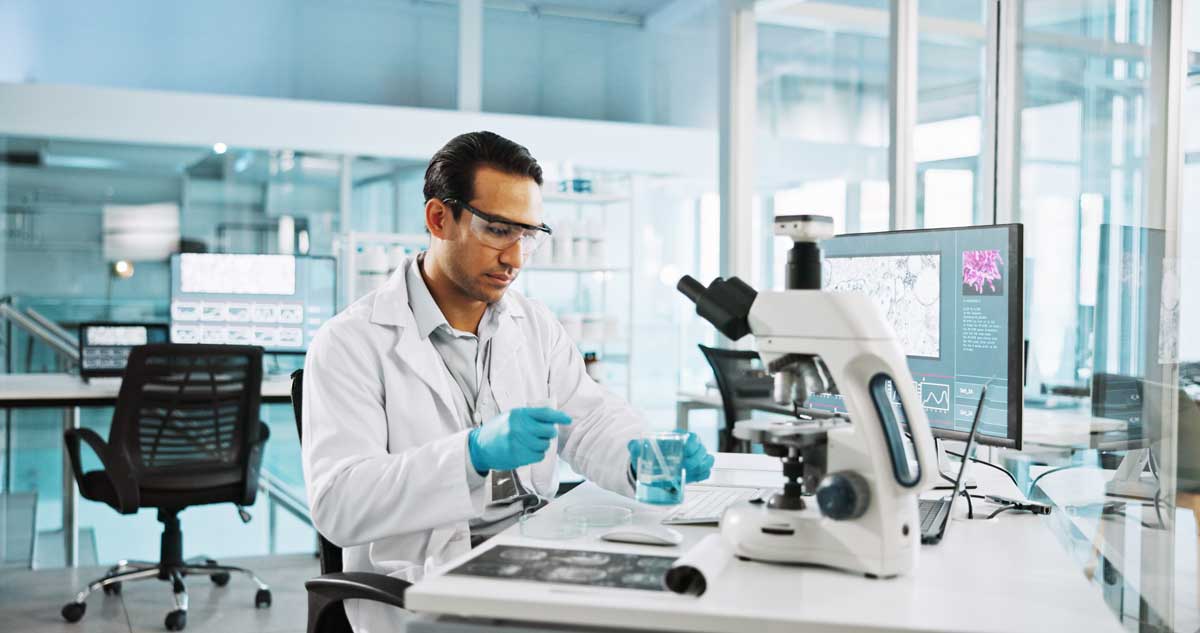
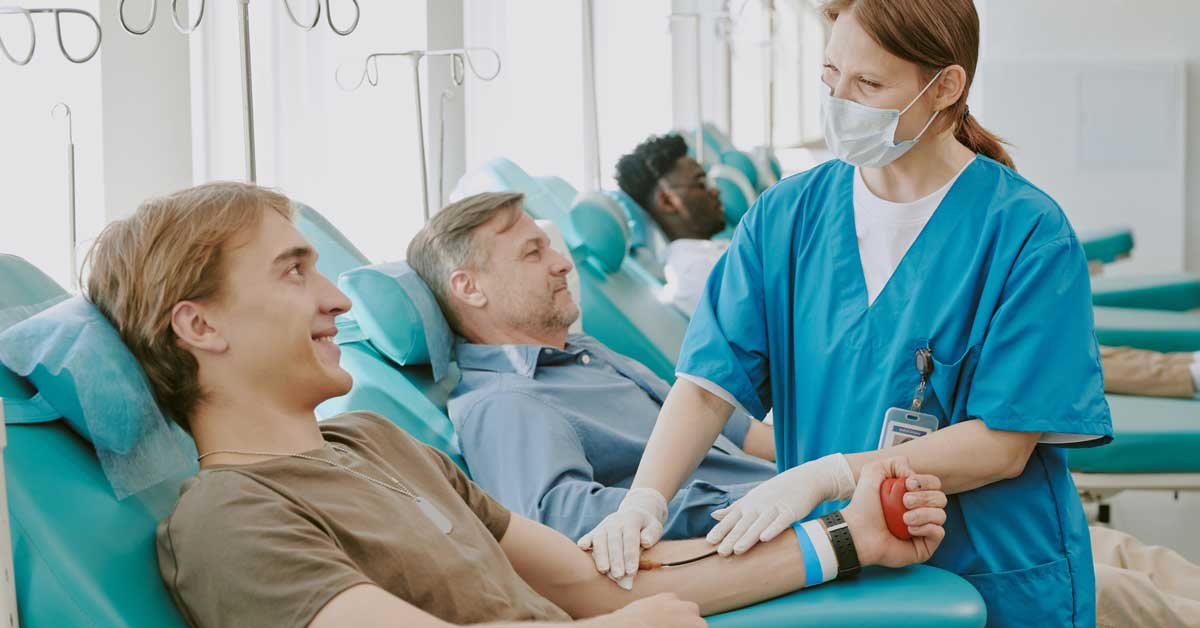
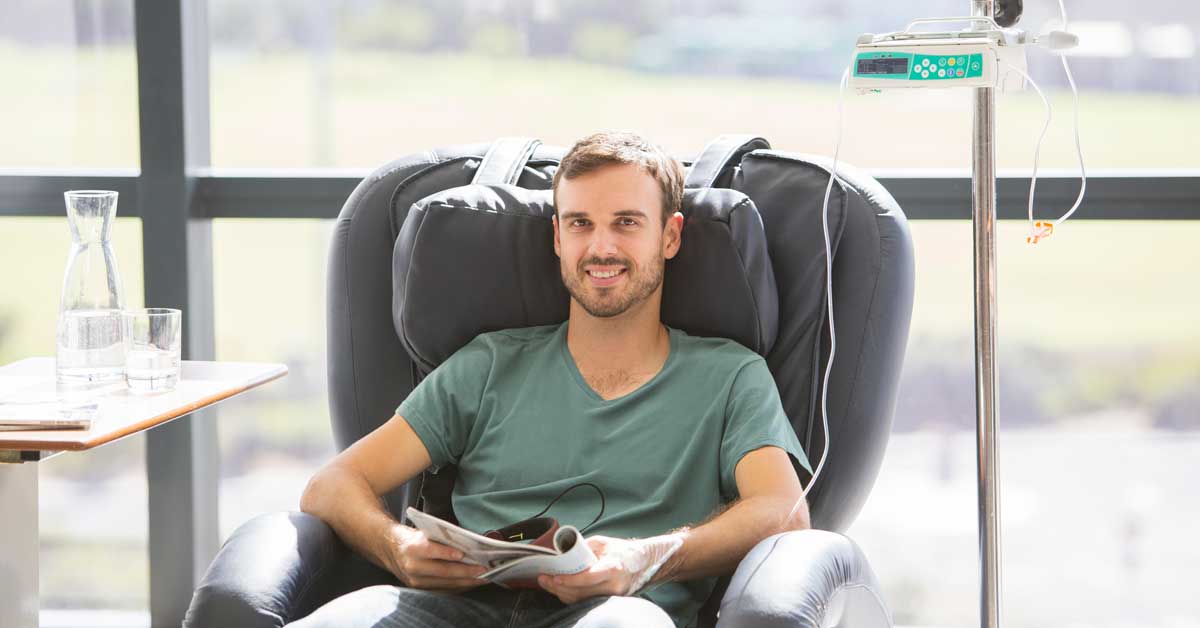
Comments